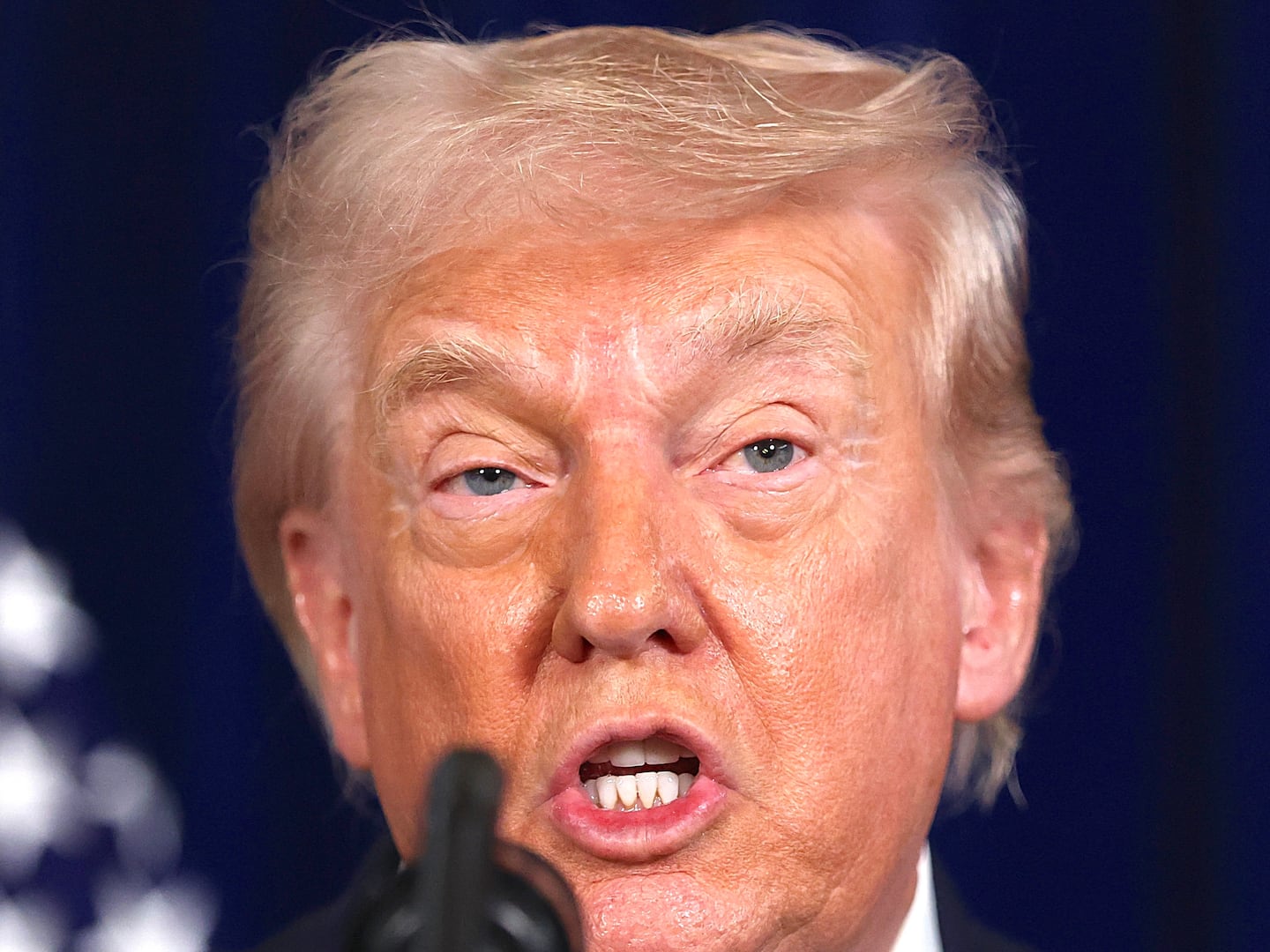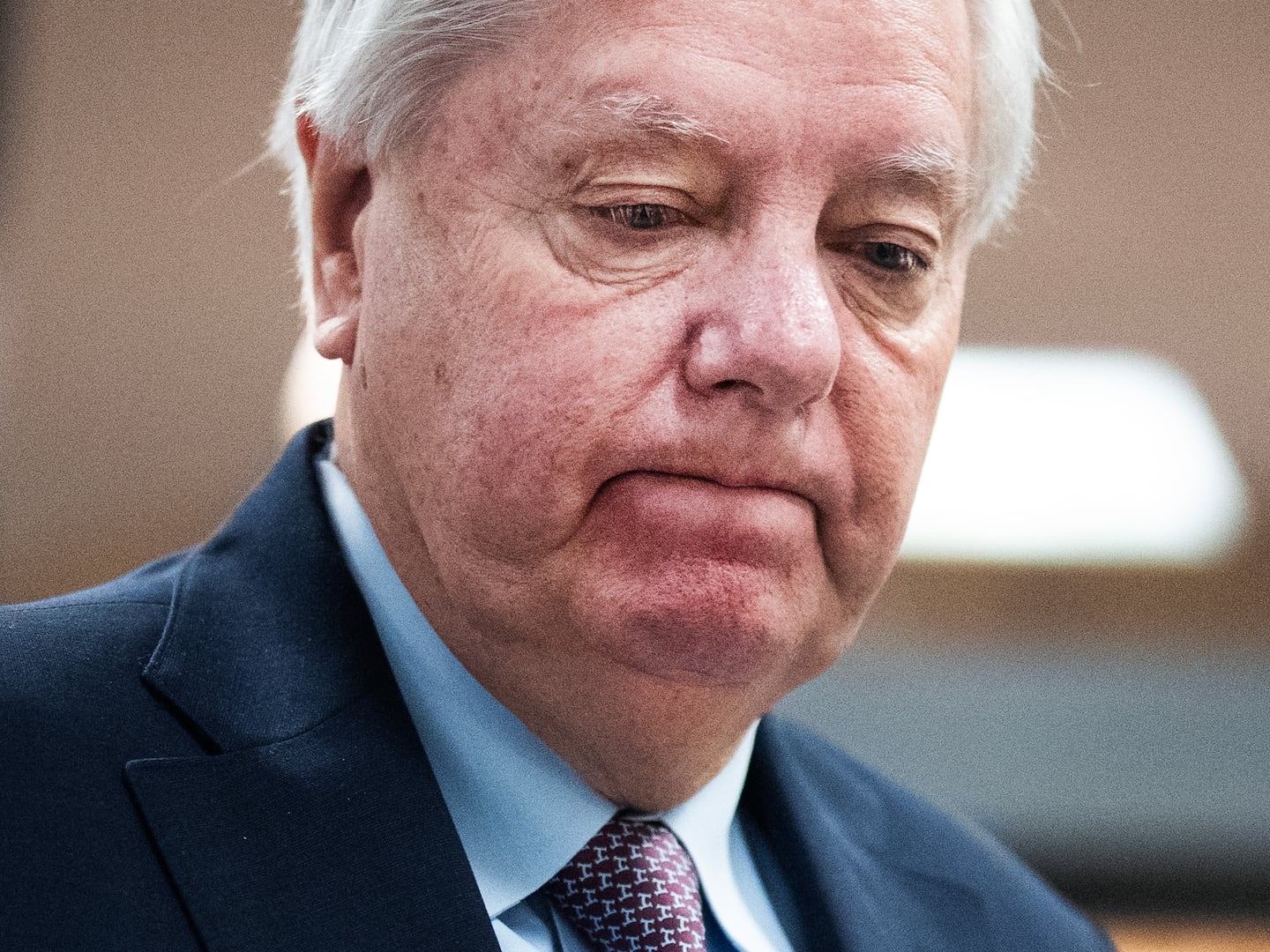For 77 years, the concept of Mutually Assured Destruction (MAD) has kept the use of nuclear weapons at bay.
But an increasingly desperate Russia, bogged down in a disastrous war of choice in Ukraine, threatens that status quo. As Russian President Vladimir Putin grows ever more desperate for a battlefield fix, his press secretary this week refused to rule out Russia using a nuclear weapon if the country faces an existential threat.
Among the many terrible possibilities of what could come next is the use of “tactical nuclear weapons.”
“TACS” is the common shorthand for smaller and “smarter” tactical nuclear weapons. Some are even equipped with a “Dial-A-Yield” function, that can regulate the size of the bomb’s destruction. For some military analysts, this makes the unthinkable prospect of nuclear war almost thinkable.
One might surmise from the euphemistic verbiage: “Tactical nukes—that couldn’t be that bad. Maybe it’s just the future of war we’d have to adjust to.” Well, think again.
Once you see the mushroom cloud, “no one will know whether it was a 20-kilaton weapon or a 1 megaton (1000 times stronger),” said Joshua Pollack, editor of the Nonproliferation Review, published by the James Martin Center for Nonproliferation Studies.
“They’re more similar than you might expect in terms of their destructiveness,” Pollack told The Daily Beast. “Even this small nuke is extremely destructive depending on where you drop it. It would be a very large explosion that would generate an electro-magnetic pulse, and it would probably start fires.”
Maybe it’s just rhetoric, nuclear blackmail, but if Putin does the unthinkable, asked Pollack, “How do we respond in a way that avoids Armageddon?”
Lawrence Korb, a senior fellow at the Center for American Progress and former assistant secretary of defense in the Reagan administration, said, “The reason these weapons are called tactical, they’re more likely to be used on the battlefield.”
“The Russians started it,” Korb continued, referring to Russia’s “escalate to de-escalate” doctrine, “and the argument was if we had them, they would counter-balance the Russians.” Nuclear weapons are meant to keep the enemy guessing, said Korb, and “if [Putin] goes nuclear, he doesn’t know how we will respond.” Would Biden—or the world—accept tit for tat nuclear strikes on civilian population centers?
The answer is almost certainly: No. Whatever it’s called in the moment, history will remember it as “World War III.”
“[These] TACs are new, they weren’t there during the Cold War,” Korb said—referring to the modernized version with a dial to regulate the size of the explosion. “We just had the big ones. In theory, the U.S. would not respond with a big one, but you don’t know that. If Putin launches one with a smaller yield, he doesn’t know if we will respond using a strategic weapon. That’s deterrence. He doesn’t know that, and we want to keep him not knowing that.”
Lawrence Wilkerson, a retired U.S. Army colonel and chief of staff to the late Colin Powell, said the U.S. military—prodded by a lucrative niche nuclear industry—“almost simultaneously” moved toward modernizing TACs just as the Russians did.
“Each side blamed the other,” he said. The Russians in 2013-2014 conducted military exercises to practice using small yield nukes to blunt an attack from NATO, escalating the likelihood that these weapons would eventually be used.
Wilkerson ridiculed the notion that there’s any real difference with a smaller yield TAC. “You see the plume, you don’t know whether it’s tactical or strategic,” he said, and a commander is going to hit back hard rather than wait for an after-attack assessment.
“We’re back in a time I thought we’d left behind, that we’d learned our lessons,” Wilkerson continued. “I’ve watched [Putin] for a long time. He’s a pragmatic, practical man. I don’t care what kind of a beast you think he is…he hasn’t gone from master chess player to being mad, which is what you’d have to be to do this [use nuclear weapons]. But I can’t rule it out, especially as a false flag. It shouldn’t come to this.”
Wilkerson maintains that nuclear war must be avoided at all costs, crediting President Biden with resisting the political pressure to impose a no-fly-zone over the skies of Ukraine. “If 45 million Ukrainians have to be sacrificed on the altar of no nuclear war, I’m for it. It’s not worth saving any state if it means blowing up 7 billion people” he said.
Joseph Mazur, professor emeritus at Marlboro College, wonders how much the average American knows about the bombing of Hiroshima and Nagasaki. For a piece on “The Madness of Nuclear Threats,” published in Psychology Today’s online blog, Mazur conducted an informal (but telling) survey.
Mazur questioned 12 adults and four teenagers, none of them experts, on what happened to Hiroshima after the U.S. dropped “the bomb.” They knew what happened in broad terms, but had little inkling of the extent of human suffering and destruction. The adults guessed that the “Little Boy” bomb dropped over Hiroshima killed between 1,000 and 25,000 people. The teens guessed 5,000. In reality, the atom bomb destroyed five square miles of the city and killed between 130,000 and 225,000 people.
“Today, the tiniest tactical nuclear weapon is capable of destruction far worse than what happened in Hiroshima,” Mazur wrote. “Even if just one ‘small’ nuclear weapon were to be launched in the current conflict, there would not be enough therapists in the world to deal with the mental health trauma that would come from watching the aftermath in real-time.”
Putin announced last month he was putting Russian nuclear forces into “special combat readiness,” which set off an understandable frenzy about what Putin might do next to save himself from humiliating military losses. “As far as we can tell, they haven’t moved any systems,” said Pollack. “There are more people on duty, but more people in command centers shouldn’t be that alarming.”
Pressed on Putin’s intentions, Pollack answered, “I don’t think he’s inclined to [use TACs] while he’s busy mauling Ukraine’s cities with heavy weapons. Proponents of TACS say we have to be prepared in order to deter nuclear war, and I would say, what do we do if deterrence fails?”
“The Trump administration in 2018 wanted an extra option if the Russians used a small one against us and we would not respond because we only have the big one. I don’t buy this,” added Pollack. “Nobody will care about actual kilotons but everyone in the world would know if a nuclear weapon was used.”
Biden, as a presidential candidate in 2019, was asked about new low-yield warheads. He responded, “Bad idea,” adding that having these would make presidents “more inclined to use them.” That was the right answer for these times.
There is still hope to preserve an uneasy deterrence, and to keep Putin wondering about Biden—at least as much as Biden wonders about him.







